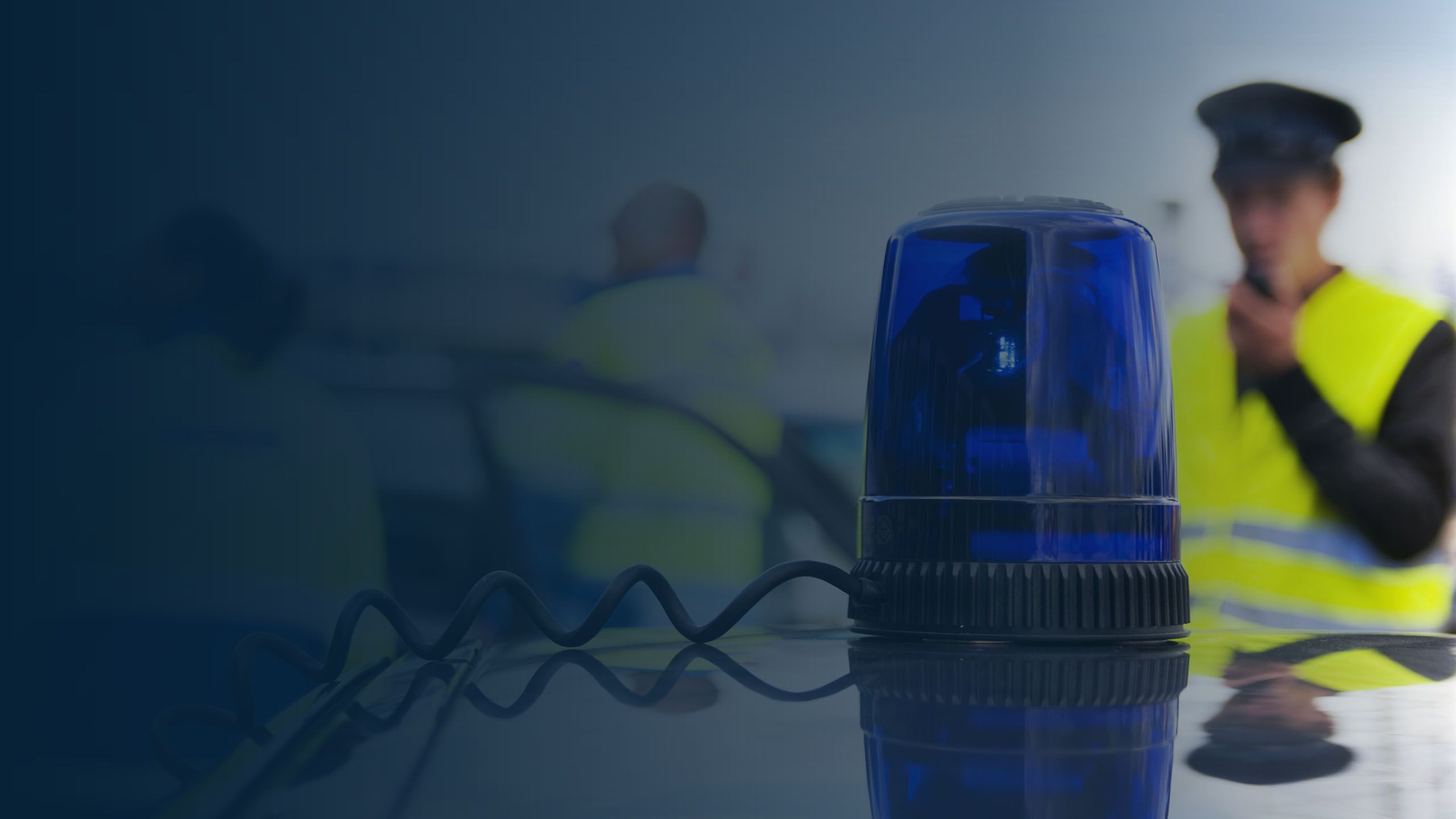
Test, validation, and assurance for emergency calls handling systems with Emblasoft Evolver
Test, validation, and assurance for emergency calls handling systems with Emblasoft Evolver
Emergency calling is a critical element of the services provided by operators and MNOs today. With an estimated 320 million emergency calls (999 and 112) made throughout the Europe Union (EU) every year, emergency call handling is tightly regulated as it can literally be a matter of life and death – ensuring that services perform as expected demands active monitoring and assurance.
Emergency call handling is an essential and mandatory service for operators. As a service on which lives depend, it must work, all the time. Of course, emergency call handling continues to evolve – for example, in the era of landlines, the caller’s location was fixed and so required no further information. Today, however, we mostly use mobile devices and smartphones as our primary method of communication, so locating these devices is essential for delivering the correct reponses to emergency calls.
Location-based data is essential in emergency situations
In many cases, casualties may not be certain of their precise location (such as on a remote walk) meaning that smartphones are now required as a minimum to transmit location data from the cell tower carrying the call, and in many cases require greater accuracy, in order to help the emergency services better respond to incidents.
For example, the European Electronic Communications Code (Directive 2018/1972/EC) makes it mandatory for Member States of the EU to ensure handset-derived location data. As a result, since March 2022, all smartphones – including Android and iOS – sold in the EU must have the capability to send handset-derived location information to emergency services.
Operators must also ensure that emergency calls can be handled over multiple interfaces and networks – from the PSTN to the IMS-based core, VoLTE, and 2G, 3G, 4G and 5G. Since location information is mandatory, the service must also be able to handle location updates correctly when subjects move in the network.
Emergency calling from vehicles
Furthermore, many vehicles are now fitted with systems that can automatically trigger outbound calls to the emergency services when a collision has been detected. These calls also require accurate location data - and can even transmit information such as the direction of travel, the severity of impact, and so on, helping the emergency services to coordinate an appropriate response.
Emergency calls will also be enriched with other data to aid emergency services. This process continues, with new requirements envisaged in NG112 – which has been ratified by the European Emergency Number Association and, when introduced in the next few years, will offer internet-based emergency calls, including location information, real-time text, photos, video calls, and other data. Operators need to ensure that current emergency numbers are reliable and accurate, while planning for a more complex future.
That’s why a leading European operator, with a full national network, deployed Emblasoft’s Evolver with active monitoring to provide the testing, validation, and assurance it needs to validate its obligatory emergency call management services. To find out more, download our case study, by clicking here.